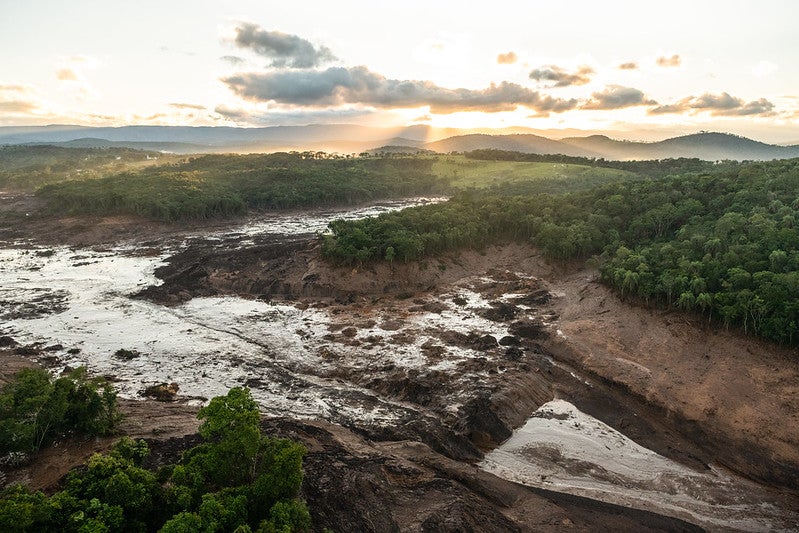
The Mining and Tailing Safety Initiative, a group of investors co-headed by the Church of England (CoE), launched on Friday the first public database on tailing storage facilities. The group, made up of 110 institutions that manage $14tn worth of assets, launched the database on the first anniversary of Brazil’s Brumadinho disaster, in which 270 people died when a tailings dam burst.
The database includes data on 1939 tailing facilities disclosed by 98 companies and is a part of a wider intervention carried out by the investors, including a demand for global standards of tailing management.
Swedish Public Pension Funds’ secretary general for the council of ethics and co-chair of the Global Mining and Tailings Safety Initiative John Howchin said: “One year on from this disaster that should never have happened, we release the first global tailings database tracking 1,900 of the world’s tailings dams.”
“This is a fraction of the dams that exist but it is a start and establishes what we expect from any company seeking finance from investors.”
According to the disclosed data, the current tailing volume is around 45.7 billion cubic metres but will increase by 25% to 56.6 billion cubic metres of tailing.
Angelica Amanada Andrada, whose sister was killed in the Brumadinho disaster, reiterated the importance of dealing with dam tailings. She said: “We can no longer allow disasters like Brumadinho to happen again. It is unacceptable that death and mass destruction have been happening due to the irresponsibility, negligence and deception of mining companies.”
Investors have committed to carrying out further interventions, including establishing a global alert system and a mechanism to remove the most dangerous dams. The Church of England’s pension board director for ethics and engagement and co-chair of the Global Mining and Tailings Safety Initiative Adam Matthews said: “We have established a global database but today we call for the creation of a global 24/7 independent alert system for all tailings dams.”
“Much more needs to still be done and removal of the most dangerous dams has to also be the immediate priority. We must ensure that the voices of those communities impacted by this disaster continue to inform our response.”
Tailings are waste rock or other material that is left after the process of separating the valuable from the useless fraction of an ore. In the case of Brumadinho, the failure in the dam caused the release of 12 million cubic meters of tailings which hit the mine’s administrative area where employees were having lunch. On 22 January dam owner Vale announced it was allocating ZAR 24.1bn ($16.8bn) for reparation costs and indemnities. On the same day, Brazilian prosecutors filed formal charges against Vale for environmental crimes and murder.



